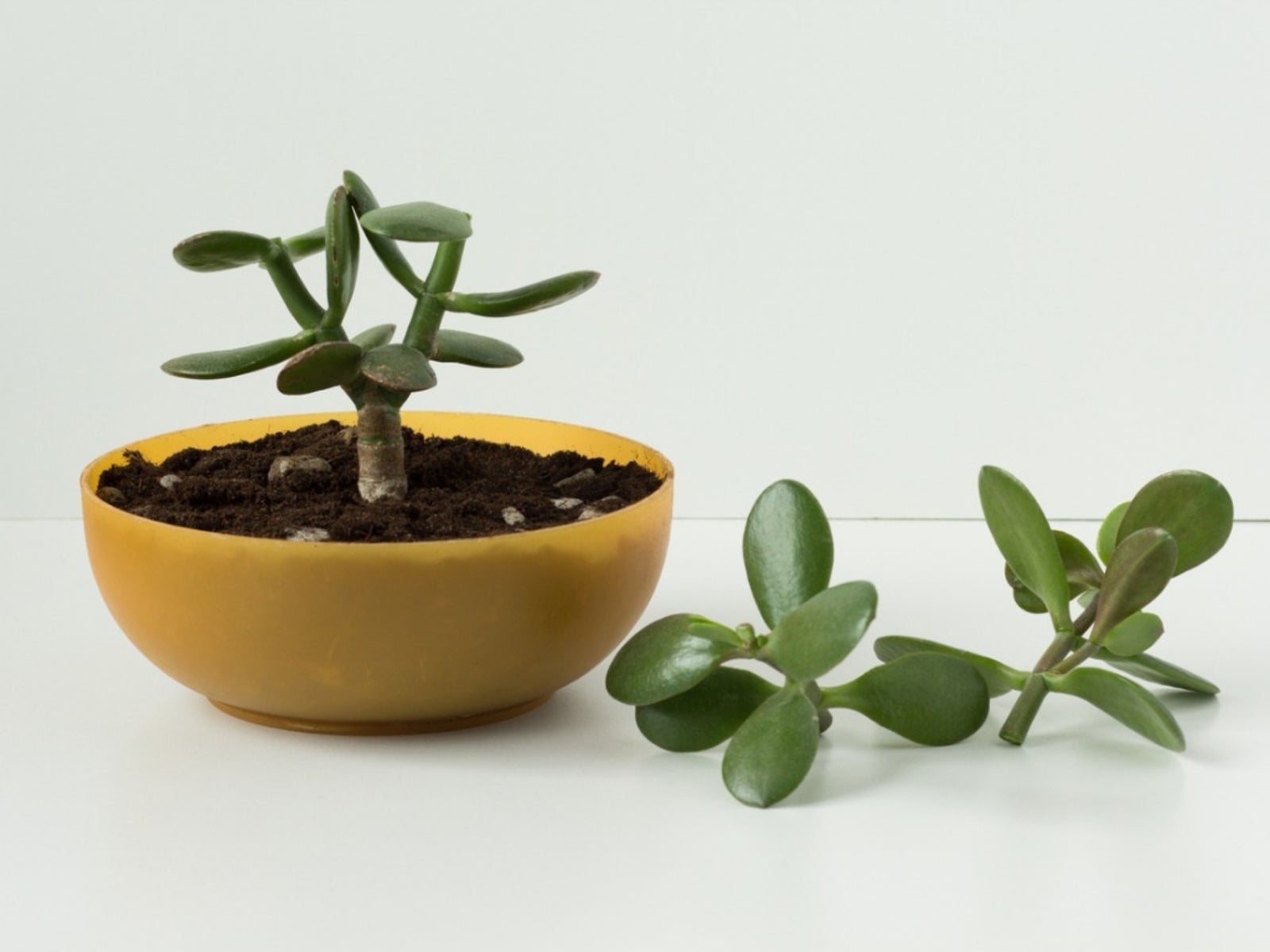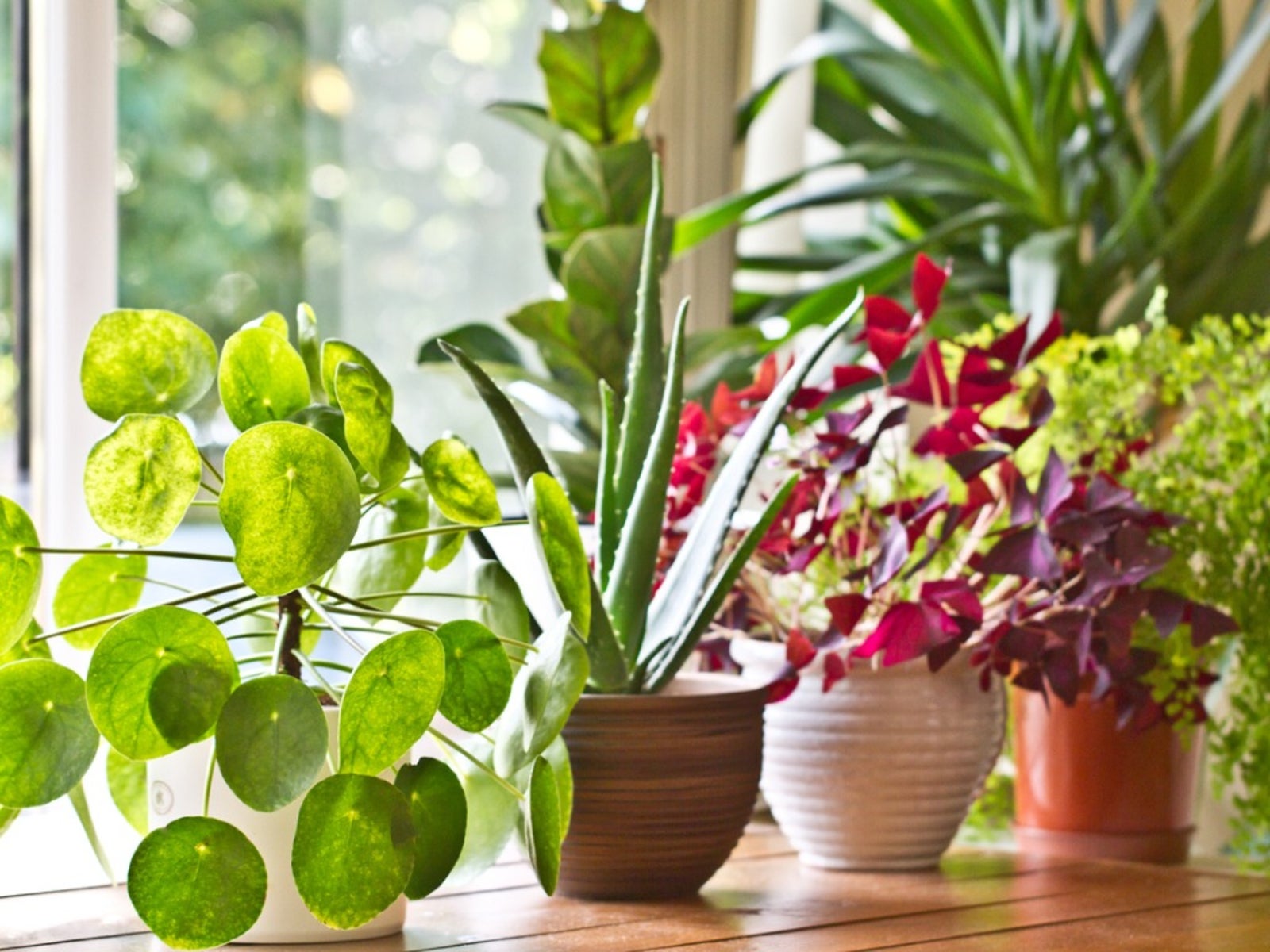How To Propagate Jade Plant Cuttings
There's no big mystery about how to propagate a jade plant. Whether rooting stem or leaf cuttings, it’s easy and rewarding.

Amy Draiss
Jade Plant Propagation Tips And Tricks
Are jade plants guaranteed to bring good luck and prosperity to your home? Not really, but in some cultures, the easy-to-grow succulents are thought to attract both money and fortune. And these undemanding succulents have long been a favorite houseplant in both the Americas and Europe. If you have one jade plant, you are likely to long for more. If you love them, it’s a good idea to learn how to propagate the jade plant. Fortunately, jade plant propagation is easy, and only requires rooting jade plant cuttings.
Meet the Jade Plant
Jade plants look so much at home in the garden, it’s easy to forget that they are native to South Africa and Mozambique. These succulents look like little trees, with a thick central stem, branches, and oval dark-green succulent leaves. The plant’s blossoms appear during winter like pale stars on the branches.
Jade plants make excellent houseplants, since they can thrive in moderate light, but can also grow in the garden in mild winter climates where they can grow above 5 feet (1.5 m) tall. Wherever you choose to grow them, jade plants are long-lived and require little care.
Basic Jade Plant Care
Although jade plants are very tolerant, they prefer certain growing conditions. These include a few hours of direct sun every day. Indoors, a west-facing window is ideal. Jade plants need well-draining soil too, typical of succulents, and specialty soil for cactus works well.
When it comes to irrigation, jade plants are not terribly thirsty. It is best to water them well, then allow them to dry out completely before offering additional water. In garden soil, jade can often get by just fine on precipitation except in times of drought. If you are overwatering, you may see signs of root rot, including blisters on the leaves. The sign that you aren’t watering enough? Thin, breaking leaves.
Pruning is not essential for jade plant establishment. However, pruning back a leggy jade plant won’t cause any injury. The trimmed material can be used for propagating new plants.

Browse all of the best selling houseplants in the Gardening Know How Shop.
Propagating Jade Plants
Are you wondering how to propagate jade plants? If “plant propagation” makes you think of seeds, you’ve probably never propagated succulents. The best way of propagating jade plants - like most succulents - involves taking cuttings. One way is to take and root a stem cutting; the other is to take and root a leaf cutting. No seeds are involved.
Sign up for the Gardening Know How newsletter today and receive a free copy of our e-book "How to Grow Delicious Tomatoes".
A stem cutting should be between 5 and 10 inches (12.7 and 25 cm) long. Cut this with a pruner or garden scissors, then cut off the lower leaves on the stem cutting. Set it aside to dry out for a few days, then insert the cut end of the stem in either water or moist sandy soil. In a few weeks, roots will develop on the stem and you can transplant it. Summer is the ideal time for transplanting.
Leaf propagation works pretty much the same way. Take a leaf from a jade plant, then allow it to dry out for several days. Insert it in moist, sandy soil at a 30-degree angle, just covering the cut end of the leaf. Again, expect roots in a few weeks.

Teo Spengler is a master gardener and a docent at the San Francisco Botanical Garden, where she hosts public tours. She has studied horticulture and written about nature, trees, plants, and gardening for more than two decades, following a career as an attorney and legal writer. Her extended family includes some 30 houseplants and hundreds of outdoor plants, including 250 trees, which are her main passion. Spengler currently splits her life between San Francisco and the French Basque Country, though she was raised in Alaska, giving her experience of gardening in a range of climates.
- Amy DraissDigital Community Manager

